'by the river' by Steven Herrick
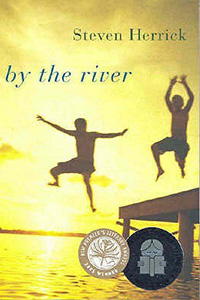 Buy this book
Buy this book
by the river evokes the textures of a small Australian town in 1962 through lean episodic poems that drift along gently until moments of intensity break their banks. Through a leisurely accumulation of detail – houses on stilts, fruit bats, a blotchy carpet of mango pulp, wisteria, cricket, bags of lollies – the town comes into focus, along with the lives of its people, especially protagonist Harry Hodby and his family.
by the river is one of Steven Herrick’s many award-winning verse novels for young adults and the recipient of several prizes, including a 2005 New South Wales Premier’s Literary Award (Ethel Turner Prize for Books for Young Adults). As a verse novel, it combines narrative bones with poetry’s compression, as well as its sonic and lyrical qualities. Image by image, glimpse by glimpse, by the river collects its narrative fragments and vivid impressionistic slivers as ‘the big river’ that ‘rolls past our town’ collects and influences the stories of the people it circles and observes. If, as psychologist and philosopher William James sees it, human thinking proceeds like a stream of consciousness, by the river exemplifies its dynamic flux – its mobile and shifting nature, its snags, shifts, and flow, and the ways the currents and undercurrents of memory, hope, and thinking entwine and wind.
Harry’s voice and perspective tie these strands of narrative and imagery together. Harry’s ‘I’ is laconic and self-effacing. He is an unlikely hero, wounded, unambitious, and boyish, stationed in the liminal space where childhood pleasures and adult possibilities converge, trapped within the confines of a town he is outgrowing. The verse novel traces its roots back to epic poems such as Virgil’s Aeneid and Homer’s The Odyssey, each of which centres on a heroic protagonist. Unlike Aeneas and Odysseus, Harry’s name does not give the work its title, and, in his adolescent uncertainty, he has little in common with the elevated heroes of the traditional epic. Aeneas, for instance, is repeatedly referred to by Virgil as ‘pius’, which connotes a worthy, dutiful, strong hero, reverent towards the gods, full of drive and vision. Instead, Harry – fourteen, awkward, fed up with the compression of small-town life but lacking ambition and direction – fits into a lineage of coming-of-age texts centring on Anglo-Celtic heterosexual Australian masculinities, such as George Johnston’s novel My Brother Jack (1964) and films including Gallipoli (directed by Peter Weir, 1981) and The Year My Voice Broke (directed by John Duigan, 1987).
Harry’s portrait finds energy in its expression of his ordinariness, recalling the brilliantly evoked, flawed characters of Dorothy Porter’s The Monkey’s Mask (2000), a best-selling verse novel which inspired Herrick’s own. The Monkey’s Mask and Porter’s other verse novels experiment with jump-cutting, editing, and sharp, lean lines to achieve a cinematic aesthetic, as well as freshness and vitality. As Porter said: ‘I’m just longing for poetry with verve and nerve ... I’m longing for poetry that just smacks me across the head.’[1]Porter once commented that ‘far too much Australian poetry is a dramatic cure for insomnia’. Writing ‘good’ for Porter, at one stage of her career, involved ‘strictures I placed on myself ... i.e. nothing that would offend the children’s lit gatekeepers’[2]. Herrick, too, whose first published poem (written at the age of eighteen) was called ‘Love is like a gobstopper’, depicts the identifiable, the awkward, and the ordinary, rather than some kind of (perhaps illusory) idea of aloof and inoffensive poetry. The results in Herrick’s work are fresh, accessible, and engaging, closer in tone and mood to the wit, play, and hijinks of Roald Dahl and Andy Griffiths than the ‘emotion recollected in tranquility’ associated with William Wordsworth.
Both these works avoid a certain kind of poetry, but each affirms the importance of another version of poetry as full of vitality, and, in Porter’s case, dangerously seductive. Jill, the detective protagonist of The Monkey’s Mask, asks the ghost of the murdered woman whose case she is investigating:
Tell me, Mickey,
you knewtell me
does a poem start
with a hook in the throat?[3]
Harry addresses the ghost of his childhood friend Linda Mahony, asking:
Tell me, Linda?
What happened here?
Were you swimming?
Or surfing the flood,
like they say?
...
Tell me, Linda?
Were you alone?
The mysterious circumstances of Linda’s death form one of several questions Harry faces. In ‘It wasn’t God’ he tells himself it wasn’t God who ‘watched the bubbles rising / and fists knocking / against a jammed window’. It wasn’t God who ‘dragged Mum / quietly away’, cataloguing the unfathomable cruelties he has observed before eddying towards the poem’s last stark question: ‘Was it?’ This ending exemplifies the poems’ tendency to swerve and kick at their endings. Another question concerns how people leave the town, which relates to the larger issue of what kind of future he might be able to hope for. In his plain-spoken words and his directness, as in Jill’s, there is vitality and emotional honesty. In his smaller moments, too, it is the simple that delights Harry.
He finds joy in small pockets of rituals – eating chunks of watermelon ‘bigger than my face’, ‘spitting the pits / at the chickens’ and ‘laughing at the pink juice /dribbling down onto the grass’ – and consolation in the patterns of family life, including visits from Aunt Alice, who sets the table, boils the kettle, and produces lamingtons and other cakes for her nephews, and in Sunday trips to the graveyard where they tend their mother’s grave and witness the wounds of their father’s bereavement:
...I sit
watching my dad –
his gentle hands
tracing this special day
through his other life,
through his memory.
Harry is often depicted as an observer, and it is the life around Harry that brings him into focus, rather than its being a backdrop to his activities. Just as Harry’s centrality to the narrative is displaced by the energies of the surrounding natural and social worlds, his voice is hesitant and reserved. More important to the narrative than the first-person singular, though, is the first-person plural – a ‘we’ made up of Harry and his brother Keith. Harry is named after magician and stunt artist and escapologist Harry Houdini:
who could escape
from boxes locked with chains,
under water,
and who went over waterfalls
in wooden barrels
and walked away.
Harry hopes one day to be another kind of ‘escape artist’, but for now tends to escape from the story, focusing instead on others’ lives. The first mention of ‘my brother Keith and me’ in an early poem ‘The scrapheap’ prefigures a refrain of ‘Keith and me’, and the brothers’ development is yoked together through their sharing of key experiences.
The story of the boys’ lives is revealed gradually, even obliquely. Harry remembers key shaping incidents through the poems. His narrative, a kind of retrospective internal monologue, drifts along quietly until the sharp flinch of lines that reveal in honed fragments the painful events of his life, especially the death of his mother when he was seven and Keith six. The poems work the way memory does, or rivers do, meandering, slowing down, speeding up, occasionally flooding. The line movement follows this pattern, proceeding phrase by phrase, line by line, until lines overflow, spilling into the next in enjambment that expresses emotional experience not easily contained.
The first reference to Harry’s and Keith’s mother’s death comes in the first poem, ‘The colour of my town’, which frames the work and evokes the town and its characters in terms of colours:
Red
was Johnny Barlow
with his lightning fists
that drew blood in a blur.
For Harry, green:
was my dad’s handkerchief,
ironed,
pressed into the pocket
above his heart;
a box of handkerchiefs
Mum gave him on his birthday
two weeks before she died.
This glancing reference to her death exemplifies the way details are embedded in the poems and brought into focus fleetingly, as though Harry’s memory touches on, then shies away from, the pain. The poem’s rainbow ends with ‘white’:
was Mum’s nightgown,
the chalk Miss Carter used
to write my name,
hospital sheets,
and the colour of Linda’s cross.
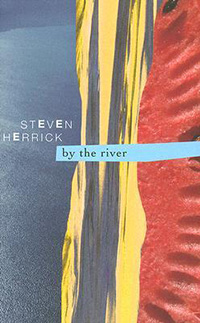 (Boyds Mills Press, 2006)The mundane image of classroom chalk is framed by references to the two formative tragic events of Harry’s childhood: his mother’s death and that of Linda, who drowns at thirteen when the river floods. In primary school, Linda’s friendship offers Harry the possibility of consolation and creativity. When he is mocked for the dull exterior of his family home, brushed brown with sump oil rather than painted, Linda comes to school the next day ‘with my favourite orange cake – / two slices’. She also brings a story she has written about a house painted dull brown, and the storm that washes away its modest exterior ‘to reveal a house / coated in gold, / glistening / like a palace’.
(Boyds Mills Press, 2006)The mundane image of classroom chalk is framed by references to the two formative tragic events of Harry’s childhood: his mother’s death and that of Linda, who drowns at thirteen when the river floods. In primary school, Linda’s friendship offers Harry the possibility of consolation and creativity. When he is mocked for the dull exterior of his family home, brushed brown with sump oil rather than painted, Linda comes to school the next day ‘with my favourite orange cake – / two slices’. She also brings a story she has written about a house painted dull brown, and the storm that washes away its modest exterior ‘to reveal a house / coated in gold, / glistening / like a palace’.
Earlier, the seven-year-old Linda has knocked quietly on the front door, bringing the same cake and a card depicting ‘my mum / in heaven, with God, / and the angels, / all in pink and blue crayon’. Every night for a week, the young Harry eats two slices of cake, which take him away from his mother:
gone a week,
and Dad,
alone in the kitchen,
stirring his tea
until it was cold in the cup;
stirring, around and around
Linda demonstrates the courage of reaching out, and expressing affection and connection, as well as the transformative power of narrative. Later, Harry visits the white cross planted by the river where Linda was discovered, rising ‘in a ghost of bubbles’ from ‘under a jam of logs’. While others avoid the place, Harry finds consolation in remembering Linda and continuing their conversation, articulating a nascent transformative narrative:
Linda,
I want to learn enough
to find the quickest way out,
and I promise
when I leave
I won’t come back,
not for a long time.
Harry only knows traumatic departures, though – his mother’s, Linda’s, and that of Miss Spencer, the school’s eighteen-year-old secretary, with whom Harry is infatuated, and whose pregnancy forces her to leave town. When twenty-two-year-old neighbour Wayne Barlow brings home a stream of young women, Keith and Harry hide and look through the window, learning ‘the weight of a breast, / the curve of a hip, / the weird rhythms and sounds / naked bodies make’.
This creepy voyeurism collapses when Wayne brings home Eve Spencer. Suddenly, a woman might be more than a weighed breast and moving hip. Seeing one of Wayne’s conquests as a subject, rather than an object to be ogled, Harry glimpses the unfair treatment of women in the patriarchal culture he has previously never questioned.
Before Wayne, Harry’s images of love have been of his father’s ceaseless vigil and, before that, Friday nights when his parents’ excitement and delight as the working week ended and Friday evening danced ‘gently into view’. When a storm arrives and ‘gutters overflow / and yards become pools, /streets becomes rivers’ and everyone ‘watches the banks / of the big river / with nervous eyes, / remembering’. Next day, Harry enacts his own vigil, visiting Linda’s riverside white cross:
I wander around
amongst the flattened weeds,
ragged willows,
and the stinking mud.
I find dead fish,
empty bottles,
and somebody’s lawn mower.
Harry cries, his moment of emotional flooding apt in the damaged and abject landscape, but the image of the lawn mower twists the scene away from pathos. While Harry’s father’s devotion is seen by his sons as exemplary, Harry’s own embodies a kind of stasis.
How to leave the small town, and what to become, are questions Harry revisits with Claire Honey, a girl who swims in the river and shares her chocolate ice cream with him, celebrating the pouring rain as ‘like God starting again’, adding: ‘It’s good to start again. / Don’t you think, Harry?’ With Claire, eventually, Harry is prepared to dive into the future:
I take off my shirt,
walk along the bank
to where the rope is tied
to the old rivergum.
I grab the rope tightly,
take a running jump,
and let go.
The early poems in by the river function like expository chapters in a novel, establishing voice, characters, and key narrative scaffolding. After the development of the story through episodic poetic slices as sensual as Hodby watermelon, the narrative arcs back, like the river, to wrap things up. As Harry recognises the ‘part inside; / the good part’ of himself that has been formed by his father’s example, he begins to take steps that will lead to his departure, observing, once more, the ritual of dividing the watermelon in three, savouring at last, the textures and vitality of this shared moment ‘one deliberate bite at a time’.
Referenced works:
1. Vicars, James and Louis Yve, 'Poetry as Bull-Leaping', New England Review, no.4, Spring 1996, 10.
2. Porter, Dorothy, 'It's too hard to write good – I'd rather write bad', Australian Humanities Review



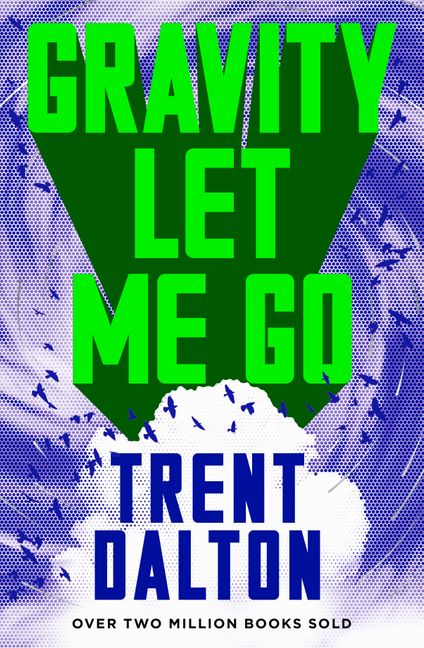
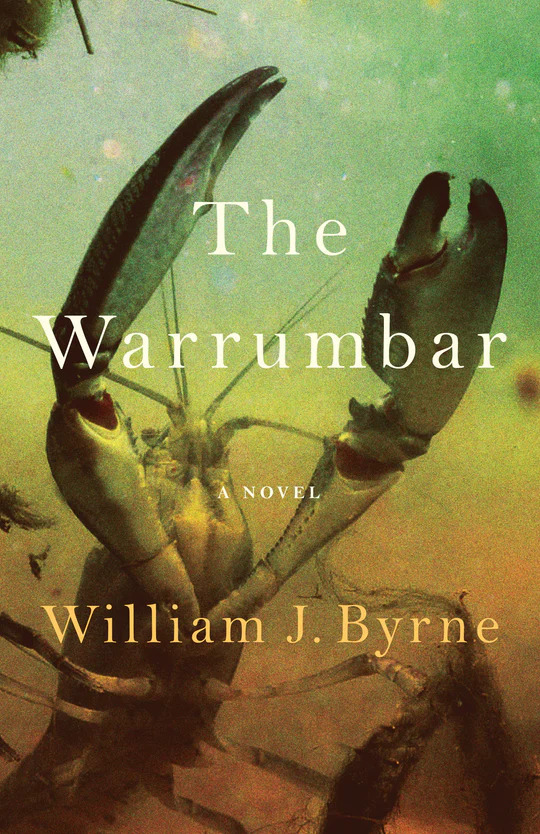
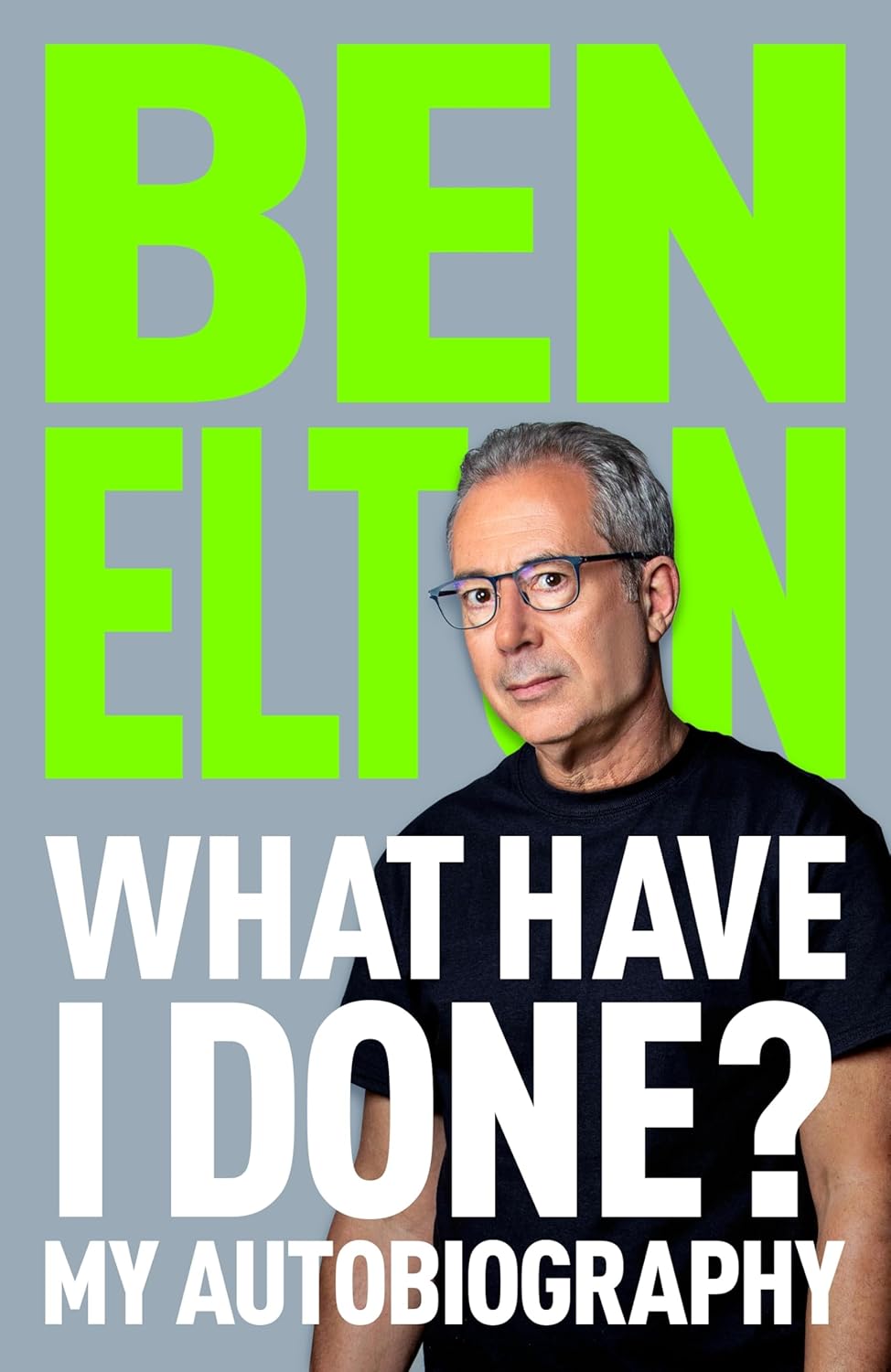
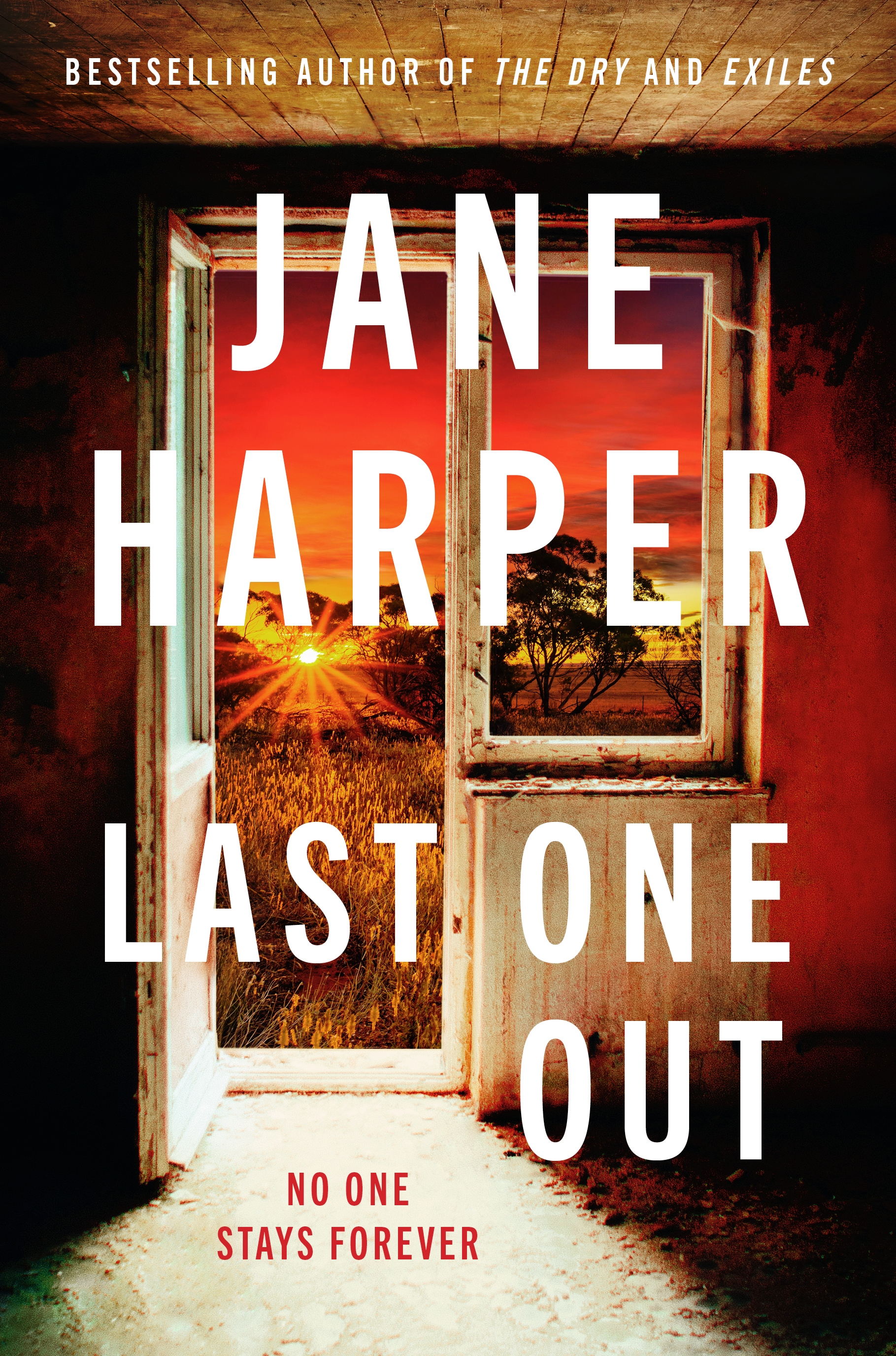
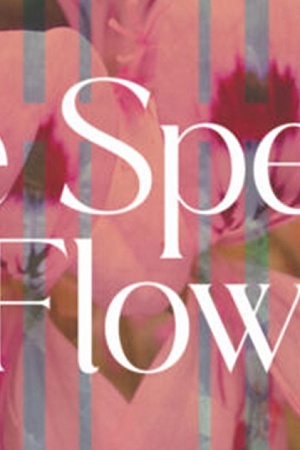
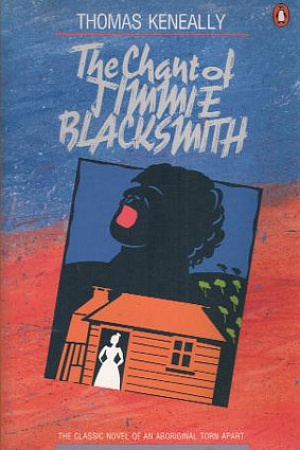
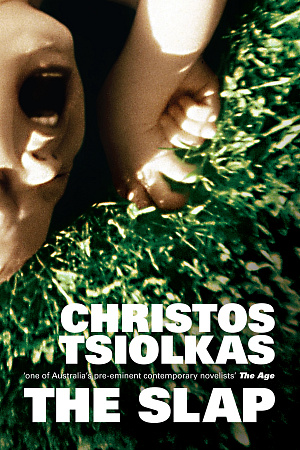
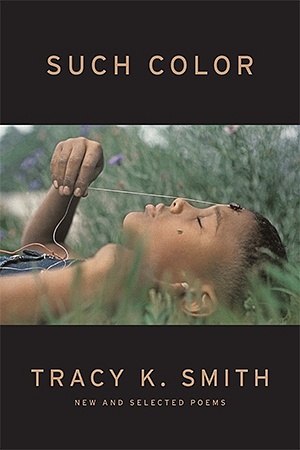
Comment (1)
THANKS
Leave a comment
If you are an ABR subscriber, you will need to sign in to post a comment.
If you have forgotten your sign in details, or if you receive an error message when trying to submit your comment, please email your comment (and the name of the article to which it relates) to ABR Comments. We will review your comment and, subject to approval, we will post it under your name.
Please note that all comments must be approved by ABR and comply with our Terms & Conditions.